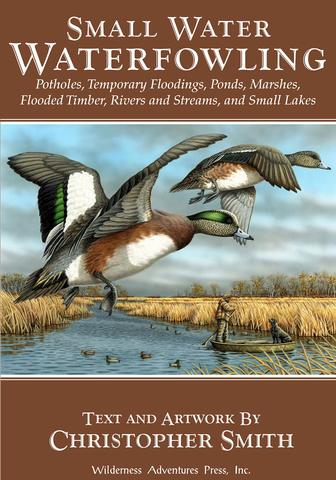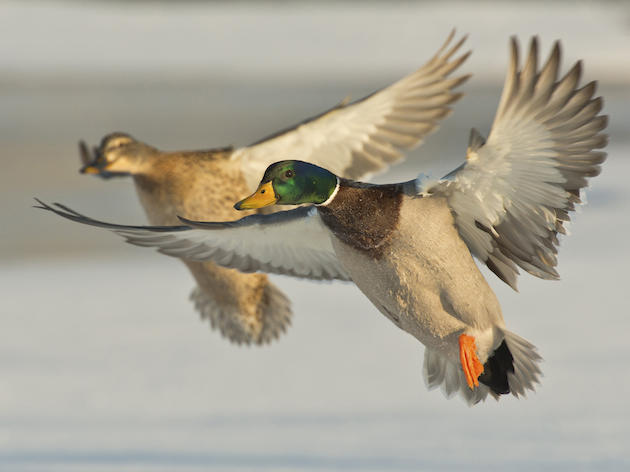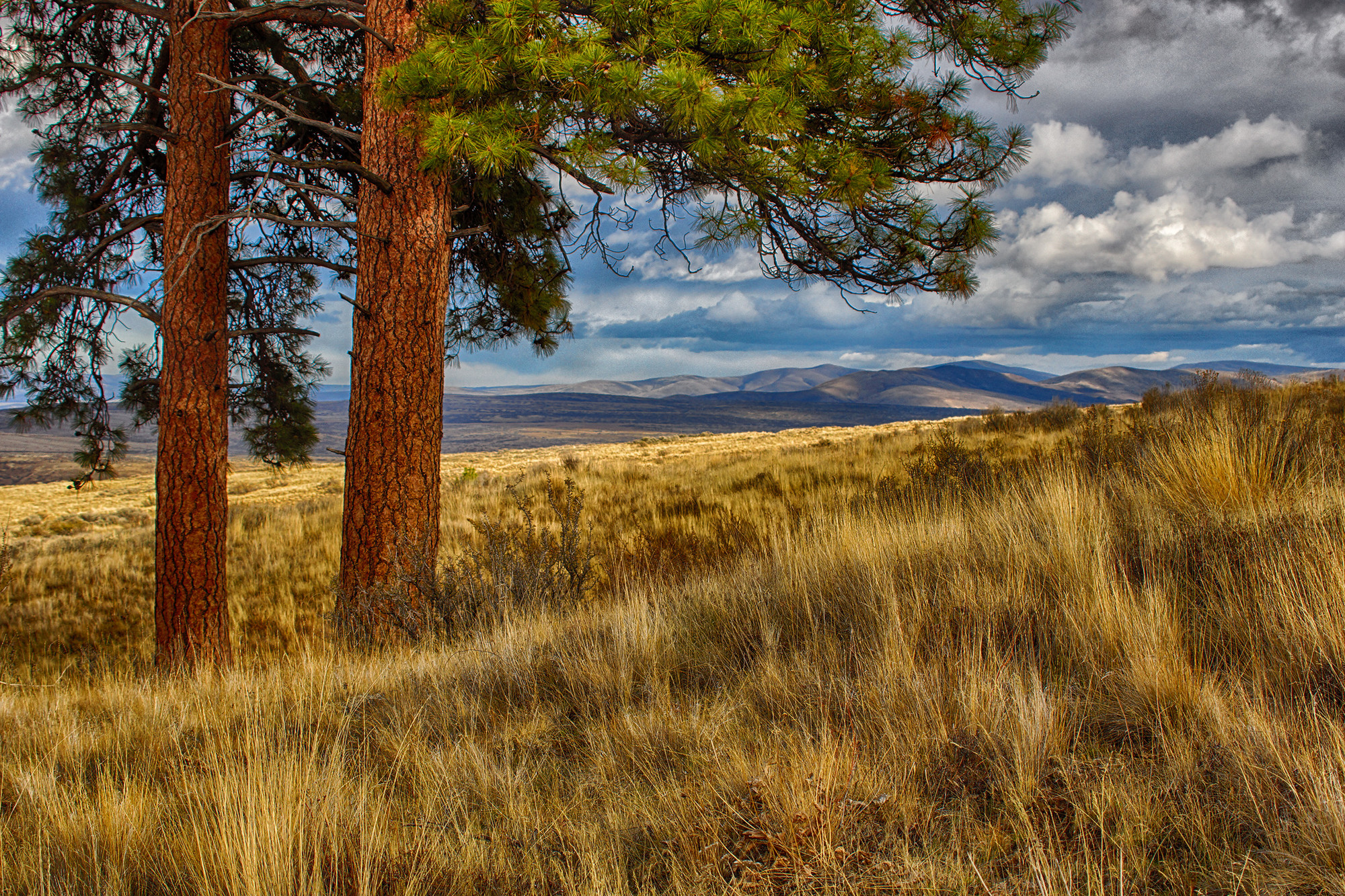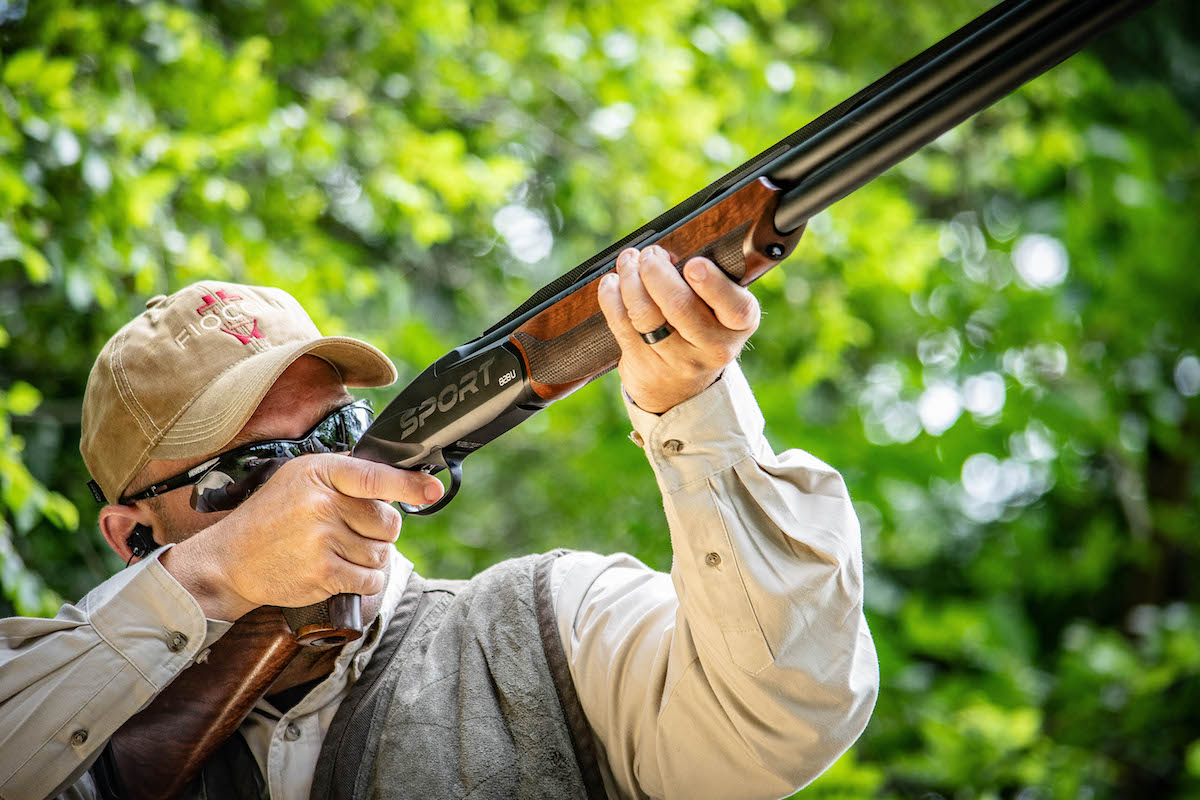A plan presented by Division staff to implement the state’s first managed waterfowl hunts at the Tuckahoe Wildlife Management Area (WMA) was authorized in September by the Fish and Game Council.
This new opportunity comes on the heels of a cooperative, five-year habitat restoration project that was completed during the winter of 2017-18. Managed waterfowl hunting opportunities are a common practice across the country that seek to maximize waterfowl use and provide a quality hunting experience. This is done by providing an attractive forage base for waterfowl and reducing the disturbance waterfowl experience by limiting hunting pressure.
The objectives of this plan are to:
1) Improve the overall quality of waterfowl hunting at the Tuckahoe WMA impoundments,
2) Provide an opportunity for newly recruited or less experienced waterfowl hunters,
3) Provide a new and improved experience for current waterfowl hunters, and
4) Provide an opportunity that alleviates access and overcrowding constraints that negatively impact waterfowl hunters’ experiences.
Beginning in the fall of 2020, a permit application process will be in effect to access permanent hunting blinds and delineated hunting zones being constructed at the three Tuckahoe impoundments. There will be NO FEE associated with the application process. A decoy loaner program and waterfowl hunting mentors will also be available for those new to waterfowl hunting, as needed. A current license, HIP Certification, and state and federal stamps are required.
 The North Atlantic, the Great Lakes, the Gulf Coast, the waves and the wind and the ducks – there’s no doubt that big water holds a lure for waterfowlers unlike any other.
The North Atlantic, the Great Lakes, the Gulf Coast, the waves and the wind and the ducks – there’s no doubt that big water holds a lure for waterfowlers unlike any other.
But when it comes to actually shooting ducks and geese over water, the action is on the small places – the inland lakes, the ponds and potholes, the floodings and creeks and backwaters. Day in and day out, that’s where the ducks are, and that’s where Chris Smith takes you.
However, each of these places requires a separate technique, alternate decoys spreads and calling concepts, and different gear to use. He tells you how to approach each type of hunting for the weather and conditions. He knows when and when not to call. He describes the skills a good waterfowl dog needs to know for each place, things he’s taught his succession of Labrador retrievers over the years.
His knowledge of duck and goose hunting has been earned through both experience and education. A native of Michigan, he holds a BS in Wildlife Management from LSSU in Michigan’s Upper Peninsula which, he jokes, “was a good way to go to class in the morning and duck hunt in the afternoon.” His love for waterfowl has come through in the 20-plus years panting wildlife in his “other” job, with four state duck stamp titles and two state Ducks Unlimited Sponsor Print titles to his credit, as well as placing high in the national event.
But what sets him apart is his skill, his knowledge, and his techniques accumulated over nearly four decades, a dozen states, and a half-dozen Canadian provinces.
In a spot where more is often viewed as better, Smith weaves throughout personal hunting stories the important roles ethics play for the modern-day ‘fowler, how a full bag limit isn’t the end goal, but rather icing on the cake.
In all, this is one of the finest treatises on waterfowling to come out in years—because small water means big sport. Buy Now




